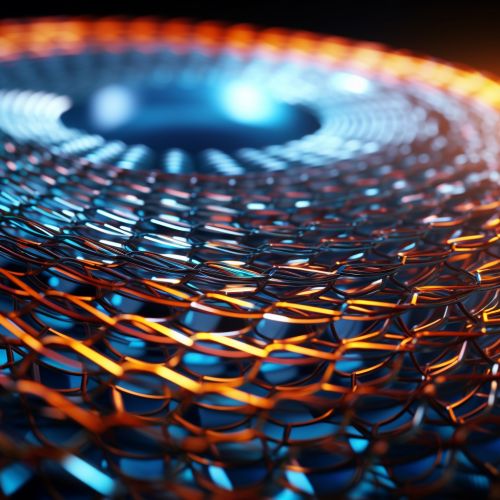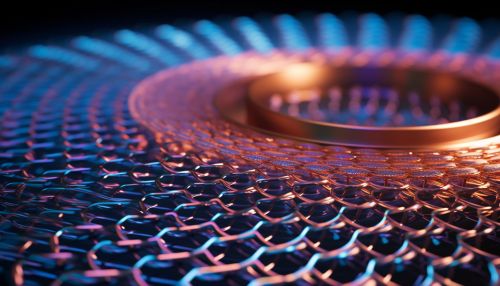Type-II Superconductors
Introduction
Type-II superconductors are a class of superconducting materials that exhibit unique properties under magnetic fields. Unlike Type-I superconductors, they do not undergo a sudden transition from a superconducting to a normal state when a critical magnetic field is applied. Instead, they allow magnetic flux to penetrate through them in a phenomenon known as vortex pinning, which results in a mixed state of superconductivity and normal conductivity.
Discovery
The existence of Type-II superconductors was first proposed by the Russian physicist Lev Davidovich Landau and his student, Alexei Alexeyevich Abrikosov, in the 1950s. They were studying the behavior of superconductors in the presence of strong magnetic fields and noticed that some materials did not behave as predicted by the Ginzburg-Landau theory for Type-I superconductors.


Theory
The theoretical understanding of Type-II superconductors is based on the Ginzburg-Landau theory and the Abrikosov theory. The former provides a phenomenological description of superconductivity, while the latter specifically describes the behavior of Type-II superconductors in magnetic fields.
Properties
Type-II superconductors are characterized by two critical magnetic fields, Hc1 and Hc2. Below Hc1, the material is in a pure superconducting state, and above Hc2, it is in a normal state. Between these two fields, the material is in a mixed state, where superconducting and normal regions coexist. This mixed state is due to the formation of Abrikosov vortices, which are tubes of normal conducting material surrounded by superconducting currents.
Applications
Type-II superconductors are used in a variety of applications due to their ability to carry large currents without resistance and their tolerance to high magnetic fields. They are used in the construction of MRI machines, particle accelerators, and superconducting magnets. They are also used in power transmission lines and in the production of SQUIDs (Superconducting Quantum Interference Devices).
